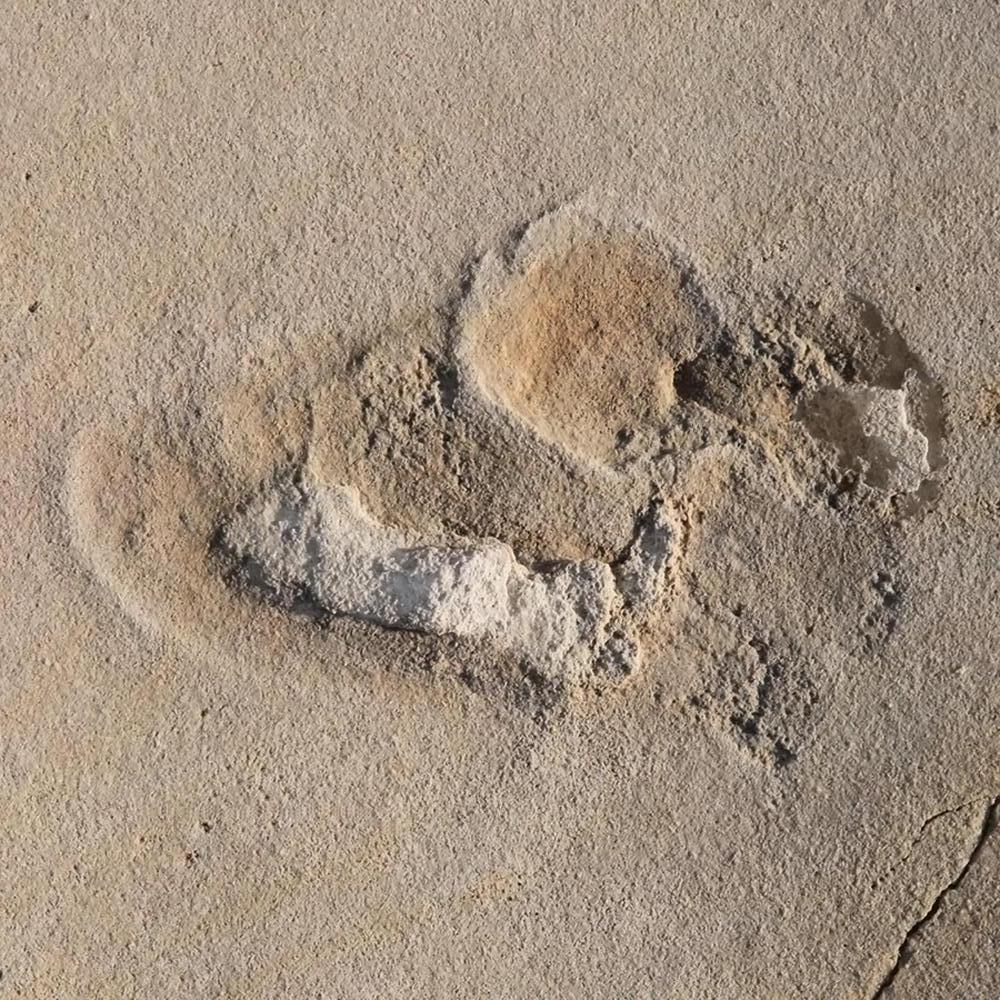Hominin Trackways in Greece? The Game Is Afoot
Posted on Categories Discover Magazine

About 5.7 million years ago, on what’s now the Greek island of Crete, something went for a stroll.
Walking on two legs, its clawless feet left impressions. Instead of its first toe sticking out thumblike, as an ape’s would, this creature’s big toe was in line with the other four. This trait and other features preserved in the ancient prints are unique to hominins, primates more closely related to us than to apes or chimps.
And in an analysis published in August, researchers concluded — controversially — that these footprints at Trachilos, Crete, appear to belong to a hominin, walking where none was thought to set foot until millions of years later.
Other fossilized trackways have provided valuable insight about how our lineage evolved to walk upright, but the oldest currently accepted hominin trackway, at Laetoli in Tanzania, is 3.6 million years old. The Trachilos prints are about 2 million years older.
The Greek tracks are also thousands of miles from eastern Africa, where nearly all paleoanthropologists believe hominins — including humans — evolved. Trachilos study co-author Per Ahlberg, a paleontologist at Sweden’s Uppsala University, says critics have accused the team of trying to revive a long-debunked idea that our species evolved in Europe.
“Some people have suggested that we are driven by a Eurocentrism claim. We are making no claim whatsoever,” says Ahlberg. “It’s clear modern humans evolved in Africa.”
Instead, he says, the Trachilos prints show at least one branch of early hominins was present in Europe, and that members of our family tree were walking efficiently on two legs more than a million years earlier than we thought.